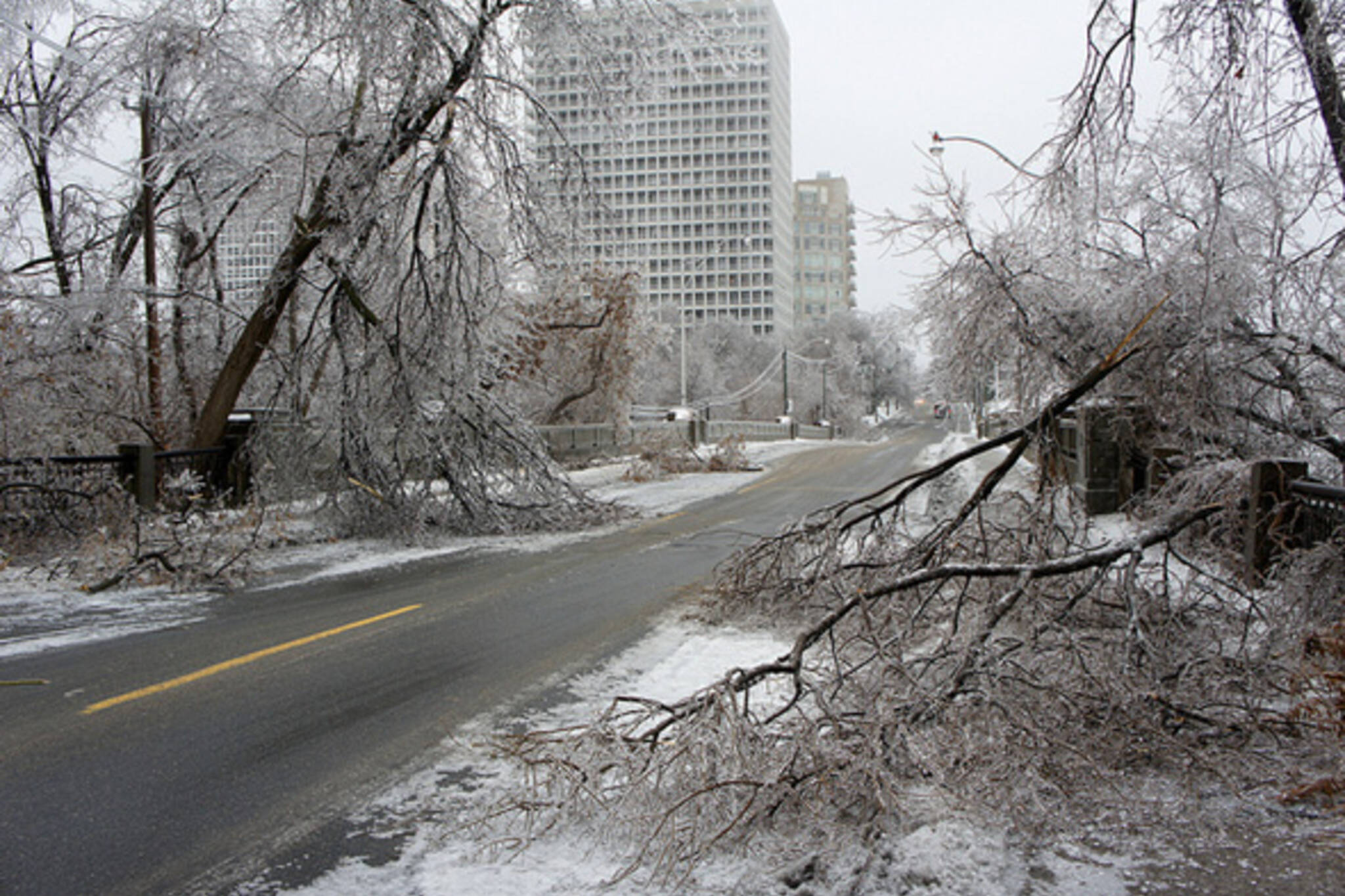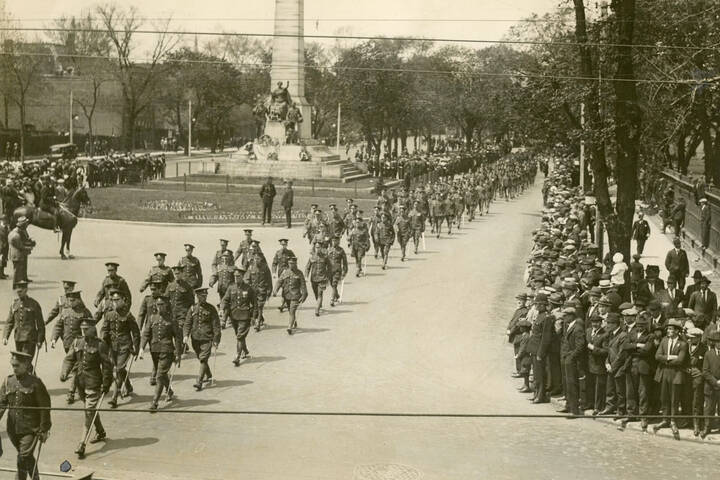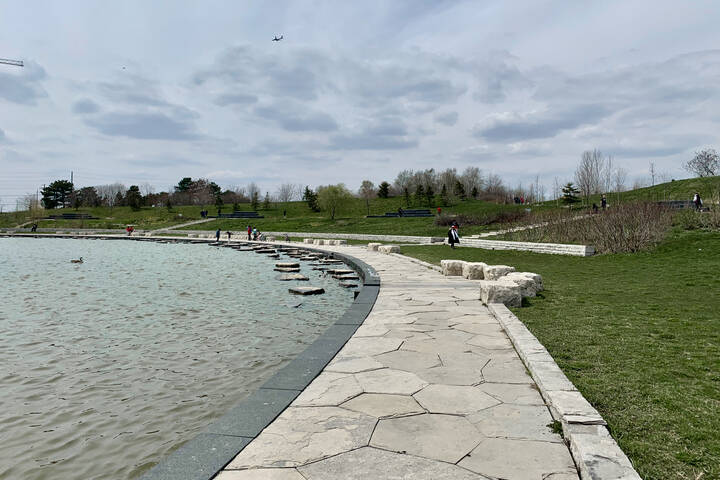
Toronto Hydro predicts a dark Christmas
Toronto Hydro made some headway restoring power to the ice-coated city overnight, bring the outage number down from 300,000 to roughly 225,000. That's the good news. Less encouraging is the revelation that many homes without power might not have serviced restored by Christmas. Still-frozen power lines continue to fall victim to increasing winds, even as crews restore power to portions of the grid that have been offline since the wee hours on December 22.
The TTC has had more success, with streetcar service restored across the city. There do, however, remain widespread service interruptions. There's no subway service on the Sheppard and SRT Lines, as well as between Woodbine and Kennedy. Trains are also bypassing North York Centre.
Although Mayor Rob Ford has decided against declaring a state of emergency, Toronto Hydro has solicited help from U.S. utility crews for cleanup efforts, which it hopes will expedite the process of restoring power to the hundreds of thousands still in the cold. The outage map has also finally been updated, and it paints a rather scary picture. Toronto is still very much under siege from this storm.
Check out photos of the storm and its aftermath here.
Do you have your photos of the storm? Tag them on Instagram with #iceTO or add them directly to our Toronto Ice Storm gallery.
Photo by Andrea Williams in the blogTO Flickr pool.
Latest Videos
Latest Videos
Join the conversation Load comments







